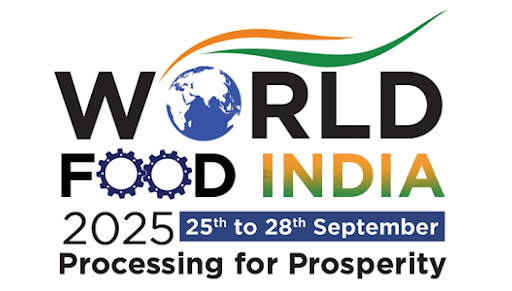



The FAO’s SOFA 2025 Report warns that India suffers the world’s highest yield losses from human-driven land degradation, including erosion and nutrient loss. It urges India to adopt Sustainable Land Management, especially agroforestry and Zero Budget Natural Farming, to restore soils and ensure food security.

Copyright infringement not intended
Picture Courtesy: DOWNTOEARTH
The State of Food and Agriculture (SOFA) 2025 Report by the Food and Agriculture Organization (FAO) highlights a growing global crisis—human-induced land degradation.
The SOFA Report is FAO’s annual publication that provides evidence-based analysis on critical issues affecting global food and agricultural systems.
The 2025 edition focuses on how human activities accelerate land degradation, mapping its economic, social, and environmental consequences.
Around 1.7 billion people globally live in areas where crop yields are at least 10% lower because of human-induced degradation
It is defined as the long-term decline or loss of the biological or economic productivity and complexity of land resources, including soil, vegetation, and water.
It is considered a pervasive and "silent crisis" driven by human activities, although natural factors can also contribute.
|
Causes |
Effects |
|
|
Environmental: Deforestation, overgrazing, unsustainable farming, inappropriate irrigation, overuse of agrochemicals, land conversion for urban/industrial use. |
Reduced agricultural productivity, biodiversity loss, water scarcity, increased vulnerability to floods and droughts, release of greenhouse gases. |
|
|
Socio-economic: Population pressure, poverty, insecure land tenure, and lack of awareness/appropriate policies. |
Food insecurity, poverty, malnutrition, economic losses (estimated at up to $23 trillion globally by 2050), social/political instability, forced migration. |
|
Unsustainable Agriculture
Soil health is degraded by excessive tillage, monocropping, unbalanced fertilizer use, over-irrigation, heavy pesticide application, and poor residue management.
Deforestation and Overgrazing
Increased cultivation and overgrazing remove protective vegetation, exposing soil to erosion from wind and rain, causing degradation.
Water Mismanagement
Over-irrigation in dry regions (eg. Punjab, Haryana) causes waterlogging and salinity; unsustainable groundwater use reduces water availability, worsening land stress.
Urbanization and Industrial Pollution
Rapid urban expansion and industrial activity have sealed fertile land under concrete and polluted nearby soils through untreated effluent discharge.
Population and Poverty Pressure
A fast-growing population pushes cultivation into fragile areas, while poverty forces farmers to prioritize short-term survival over sustainable land use.
Climate Change
Rising temperatures, erratic rainfall, and more frequent floods and droughts amplify degradation, particularly in already stressed regions.

|
Case Study
|
India has recognized the urgency of the problem and committed to achieving Land Degradation Neutrality (LDN) by 2030—ensuring that any new degradation is offset by equivalent restoration.
Holistic Planning: Align agricultural, forestry, and water policies to prevent overlapping efforts.
Technology Integration: Use remote sensing and GIS for real-time monitoring and precision planning.
Support for Smallholders: Provide credit access, technical training, and targeted incentives for sustainable farming.
Community-Led Restoration: Empower local institutions to co-manage resources and monitor progress.
True Cost Accounting: Factor environmental and social costs into agricultural decision-making to promote sustainability.
Policy Tools Suggested by FAO:
FAO’s analysis suggests that restoring just 10% of degraded cropland worldwide could feed an additional 154 million people annually.
Source: DOWNTOEARTH
|
PRACTICE QUESTION Q. Analyze the major causes and consequences of land degradation and desertification in India. 150 words |
The SOFA report is an annual publication by the Food and Agriculture Organization (FAO) of the United Nations. It provides comprehensive, evidence-based analysis of key issues affecting global agriculture, food security, nutrition, and rural development.
Rajasthan, Maharashtra, Gujarat, Karnataka, Jharkhand, Odisha, Madhya Pradesh, and Telangana account for a significant proportion of the land undergoing desertification and degradation.
Effective practices include water harvesting, agroecological farming methods (such as Zero Budget Natural Farming), afforestation, promoting balanced use of organic and inorganic fertilizers, and sustainable management of water resources.





© 2025 iasgyan. All right reserved